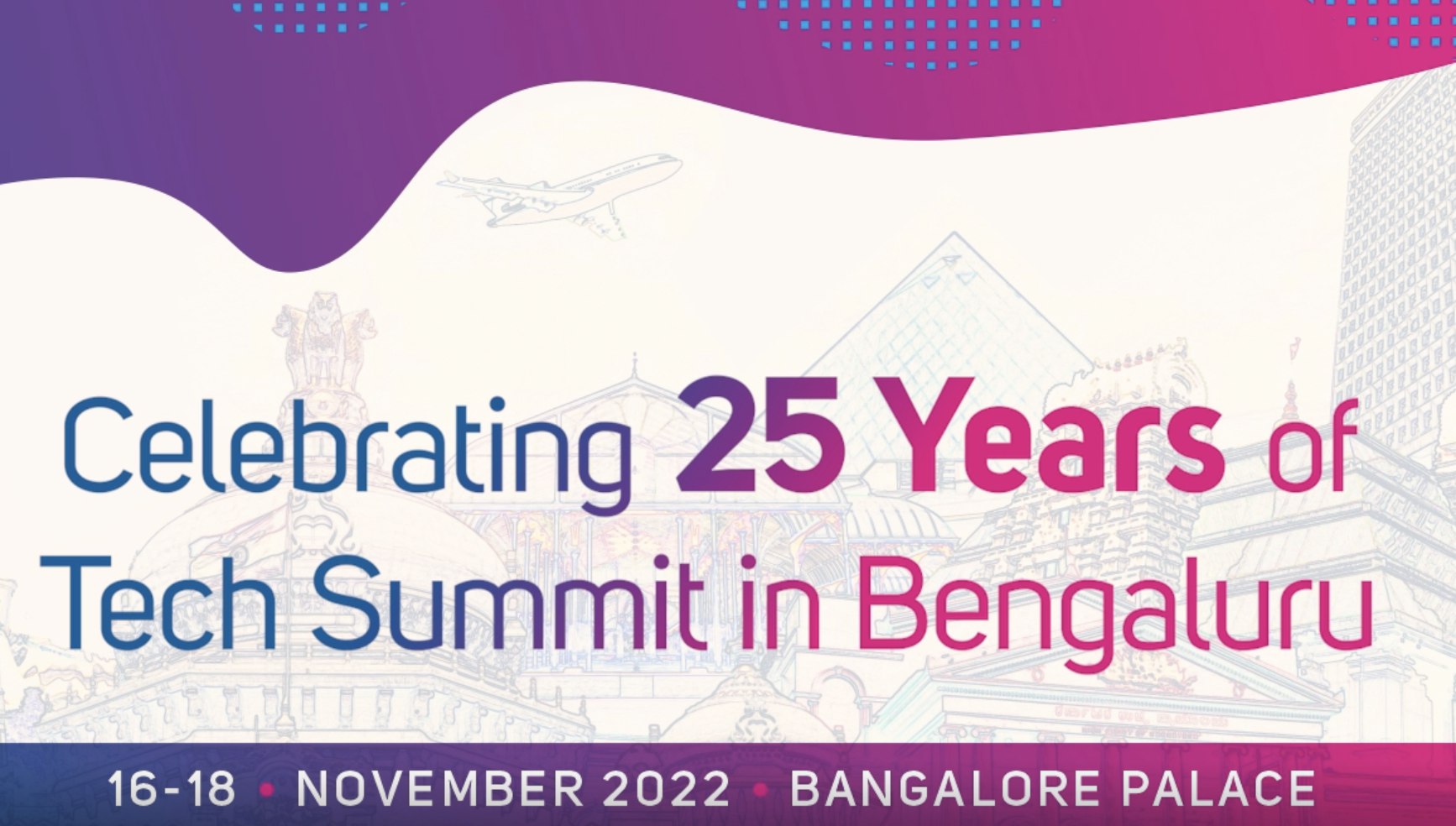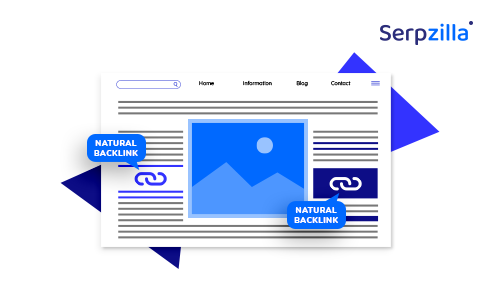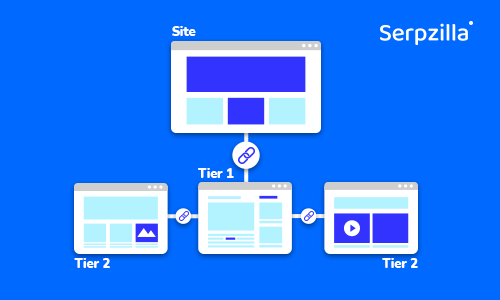Debates over backlink quality vs. quantity are almost as old as the Shakespearean question. Someone says quality is all that matters. Others swear by volume. Meanwhile, those of us who are actually building links sit here thinking: “Which of these approaches should I pick for my business?”
The answer, as with many other things in SEO (and in life), seems obvious. Quality always wins, right? Well, it’s not that simple when it comes to link building. If you want a quick and straightforward answer, then:
- Yes, high-quality backlinks carry more weight.
- Yes, having a decent number of backlinks matters, too.
- No, there is no universal formula.
If you’re feeling slightly lost by now, it’s okay. In this guide, we’ll break down when backlink quality matters more and the actual use cases for prioritizing quantity. We’ll also explain how SEO experts balance both of them.
What Makes a “Quality” Backlink?
If we were to simplify it, a high-quality backlink is simply a link that helps your website’s authority grow. But of course, it has several components to it.
Topical Relevance
A quality link should generally come from pages at least somewhat related to your niche. Relevant backlinks just make much more sense for both readers and search engines. If at least one of the following is true for your potential donor website, it’s likely relevant:
- Same or related industry.
- Shared terminology.
- Overlapping audience intent.
Your reaction to a good-enough page should be, “Yeah, that makes sense,” not “Technically, we sell software, and they wrote about productivity once, so…”
If you have to make yourself believe that the website is somehow connected, it’s probably not relevant at all. And these days, using contextual backlinks is the only way to make your SEO work.
Moderate to High Authority
Of course, not every high-quality backlink should have DR70+. But if most of your backlinks come from a website with authority around 10-20, it isn’t good either.
The whole idea of link building is to pass link juice. And if they don’t have any domain authority, what juice can they pass? Exactly.
Low Spam Score
If you check a website and it has a spam score over 30%, run right away. Ideally, this score should be below 5%.
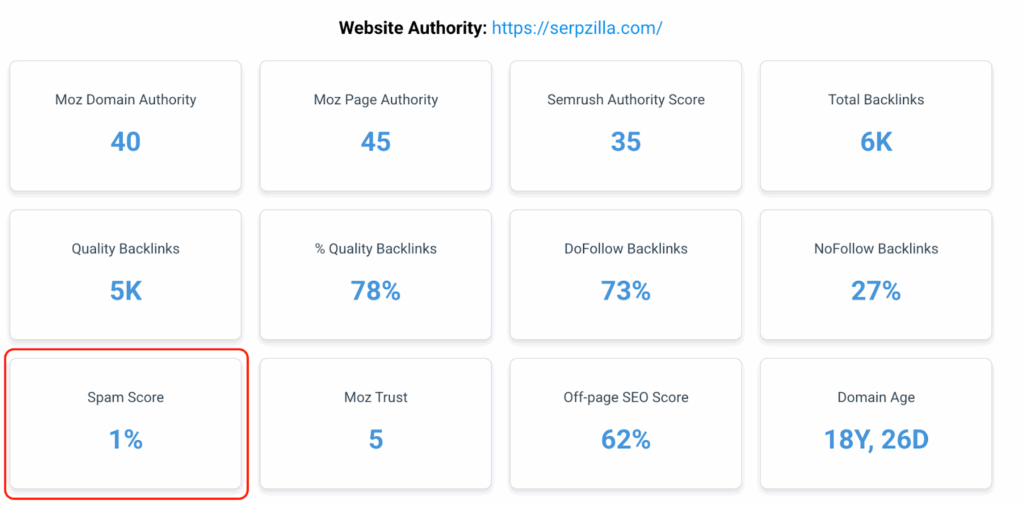
Source: WSC
Organic Traffic
If your donor page has high organic traffic, it means the website is actually “alive”. But here is an important detail: this traffic should be growing, at least a bit. So, check traffic tendencies for the past 3-4 months. If it is dropping, it’s often a sign that something is wrong.
Inbound-Outbound Ratio
Pretty much every quality website has more inbound than outbound links. It simply means that a web page has more incoming links than the number of links it sends out. So, it likely has great content that makes other pages mention it.
Non-Spammy, Quality Content
This is an easy one. If a website is full of AI-generated content, spammy popups that cover all the space, tons of ads, and a very PBN-like structure, it’s just bad.
It shows that a page doesn’t really care about its readers. So, they probably also accept any link, which can’t be good. And even if all the metrics are fine now, it won’t last.
If looking at all of the requirements above made you stressed about how to find high-quality links, don’t worry. You can simply contact Adsy and find hundreds of websites for SEO guest posting.
What’s Often Wrong With “Quantity”?
Let’s be very, very honest here: most people trash “quantity” because they can’t scale safely. But definitely not because it doesn’t work.
Here’s the thing: if quantity didn’t work, half of today’s top-ranking sites wouldn’t be there. If you analyze how each of them grew, you’ll notice that at some stage, all of them built backlinks at a massive scale (maybe they even continue doing that).
With its 1.9 billion backlinks, Amazon should be the spammiest website of all. And yet, it’s Amazon…

Source: Ahrefs
So, quantity is not necessarily bad by default. The problem begins when quantity becomes volume for the sake of volume. When you get absolutely any link and have no strategy whatsoever.
If you want more details, it becomes dangerous when:
- Your anchors are mostly keyword-based.
- You get too many links in a short spike.
- Your backlinks are spammy and obviously harmful.
- The pages you pick have no topical connection and post trashy content, while their spam score is over the roof.
Google doesn’t have to punish you directly. Sometimes, depending on the links you get, it might just ignore all those “efforts”. In any case, you burn time and budget, and still get outranked. And maybe even penalized on top of it.
Here’s an outrageous example (aka a true nightmare for any SEO specialist):

Source: Reddit
You have to understand one thing: Google is not a moral entity.
Its job is to understand patterns. When it sees the same hosting footprint, content style, outbound link format, and ad-heavy layout repeated across pages, it doesn’t need to penalize you. It simply ignores all those backlinks.
So, there’s nothing inherently wrong with focusing on quantity. Moreover, sometimes you really need it.
The real problem with “quantity” is not volume, but when you are losing sight of natural signals. It’s when your link profile is no longer looking like a “brand gaining attention” and starts looking like obvious manipulation full of spam. That’s when quantity is not okay anymore.
6 Use Cases Where Backlink Quantity Is a Priority
There’s a moment in every SEO expert’s career when they realize: sometimes, sacrificing some quality over volume is the only good move. What are those situations when focusing on a greater quantity of backlinks makes sense, though?
1. Brand-New Domains
When you start from scratch, it doesn’t mean that Google doubts you. It just has no reason to trust you. Can you blame it, really? If you add four random editorial links with no brand mentions and no citations, well, you must admit it looks suspicious.
So, at this point, you generally need:
- A broad footprint of modest links.
- Natural anchor variety.
- Topical citations.
- A slow-paced link-building strategy that makes it look like your project is quietly gaining recognition.
2. Ultra-Competitive Niches
Finance, crypto, SaaS… These are, without a doubt, overcompetitive. So, in these niches, you often have to fight fire with fire, and you’ll likely need it all in terms of backlinks.
If your competitors are getting 150 links a month and you are just writing one super high-quality guest article, it isn’t the best scenario. Sure, you’re acting “ethical”, but unfortunately, you are behind.
3. Tier-2 Links
Most people still underestimate tier-2 links. And yet, sending authority into a page that links to you works like fertilizing soil before planting seeds. In other words, it’s much needed.
Press mentions, legitimate guest features, and solid contextual placements get stronger when they have additional link juice behind them. But being extremely picky with your tier-2 links makes no sense. They don’t need to be fancy. It’s enough when they just exist and flow.
So, here, you can easily sacrifice quality a bit.
4. E-Commerce and Category Expansion
E-commerce link building is different. You see, e-stores are often expanding fast. They constantly add new categories and new SKUs. Besides, let’s not forget about seasonal activities.
So, if you’re extending your product lines and constantly shifting focus from Christmas items to Valentine’s Day, you can’t rely on slow editorial activity.
For you, getting one cherished link a month is simply not an option. You need, literally, hundreds of decent ones supporting the freshness and relevance of all your major pages.
5. More Brand Exposure
Sometimes, SEO overlaps with brand strategy. And to be honest, these days, it kind of has to. So, there’s nothing strange about it. But how do you do that properly? You can diversify your backlink profile by getting:
- Interviews and podcast citations,
- Blog references and round-up mentions,
- Event listings and local or industry directories,
- Partner links and collab write-ups, etc.
Sounds like too much, right? But it’s actually very organic and potentially highly rewarding. To search engines, it looks like real people actually talk about you. So, this diversity makes your profile natural.
6. Multi-Language and Multi-Market Expansion
Expanding to new markets always comes with one thing: entering new link graphs. If you are in this unknown territory, congratulations: you need to build regional discoverability. And that is impossible without quality link building.
Spanish link graph ≠ German link graph ≠ Vietnamese link graph.
So, essentially, your success here will be determined by:
- Local mentions,
- Language-specific content,
- Country-level citations,
- Links from popular regional resources, etc.
Quality links matter here by default. But quantity lets each market see you exist. So, at first, you need more backlinks, even if they aren’t from extremely high-authority pages.
How to Find a Proper Balance for Your Website
First of all, balancing link quality and quantity is a resource-allocation problem. Look, you have limited time and budget, but Google has… unlimited skepticism.
So, the right question would not be that Shakespearean one from the intro. You shouldn’t ask if you need quality or quantity backlinks. You should ask, “How do I build enough links fast enough to get results without hurting my brand?”
What Does “Balanced” Look Like in Practice?
Balance in the case of backlinks doesn’t mean you have to make it 50/50 between quality and quantity. This logic is faulty, and it won’t bring you proper outcomes.
There shouldn’t be equal ratios, but more of the right patterns:
- Every month, acquire a stable, reasonable flow of links.
- Mix the number of backlinks you get every month/week.
- Aim for anchor variety without having too many keyword-based anchors.
- Use different links: directories, citations, podcasts, tool lists, contributor bios.
So, don’t take balance literally. Your goal is to find websites that aren’t going to hurt your site and check whether you need to sacrifice some quality. For example, maybe in your case, getting 20 links with DR40 is much better than getting 5 with DR70.
Know What Stage You’re In
Before you do anything, you need to know exactly where you are in the growth curve.
1. When you’re in the early stage and have zero authority, you need volume.
Why? To simply exist in Google’s “memory.” Foundation citations, brand mentions, niche-related blogs, directories, and whatever you can manage will work. No one cares that much yet (including Google), so your job is to look alive in the ecosystem.
You still don’t want to get 50 links for $5 from Fiverr. It’s a bad strategy at any stage.
2. If you have a growing brand (with some trust), then you’re in the dangerous middle.
Backlinks start mattering more, and Google begins expecting you to act like a real brand. This is where you can combine:
- Relationship-driven editorial links.
- Links from niche sites with actual readers.
- Scalable support backlinks that keep link velocity steady.
3. If you have an established presence, you need a full-scale link-building strategy.
You don’t need links for survival anymore. What you can use here is selective link buying combined with digital PR, partnerships, and a tier-2 strategy.
Of course, it will depend on your niche and your competitors. Still, you can generally aim for this:
| Link type | Monthly goal | Purpose |
| Authority links | 10-20% | Trust and legitimacy |
| Contextual niche links | 60-70% | Relevance and scalability |
| Neutral supporting links | 10-20% | Natural diversity |
Pay Attention to Your Anchor Texts
Anchor texts are more important for quality link building than many think. You can get the links from decent pages only, and yet it will look bad in Google’s “eyes” simply because your anchors aren’t natural.
What should you aim for? There is no universal ratio, but here is a general framework you could use:
- 1-2% exact keyword
- 2-5% partial keyword
- 15-20% naked URL
- 40-50% branded
- 20-30% generic anchors (“this post”, “source”, etc.)
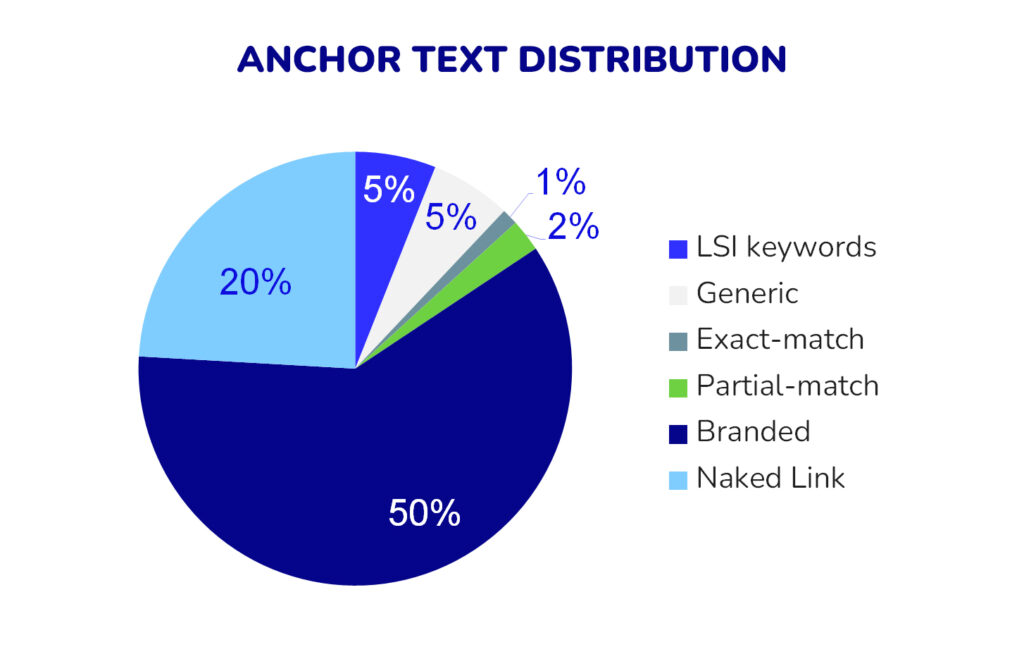
Source: Serpstat
If every backlink says “best CRM for beginners,” Google knows what you’re doing. So, it is always better to make it read like normal humans recommending a useful website.
Buying Links or Not Buying?
In 2025, everyone buys something: ads, content placements, influence, and distribution. And yes, many businesses also purchase some links.
Should you do this, though? It depends on how you do that.
Intelligent link buying looks like earned mentions supported by real signals. And that’s what you should try to aim for. These days, getting backlinks without paying is nearly impossible. But your outcome depends on how you do that.
If you get a cheap link from a trashy website, expect no good. But if the website and content comply with everything we’ve mentioned above, cool.
When you get your backlinks, always work with platforms that aren’t too new in the market and have good reviews. Besides, look for good moderation and safety mechanisms like what Serpzilla offers.
Conclusion
In the end, as you can see, your job is not to choose quality or quantity of backlinks. You have to structure your link building in a way that allows you to make your profile look alive and build trust steadily. If you’re looking to do that with no stress and professionally, you can just register on Serpzilla.



